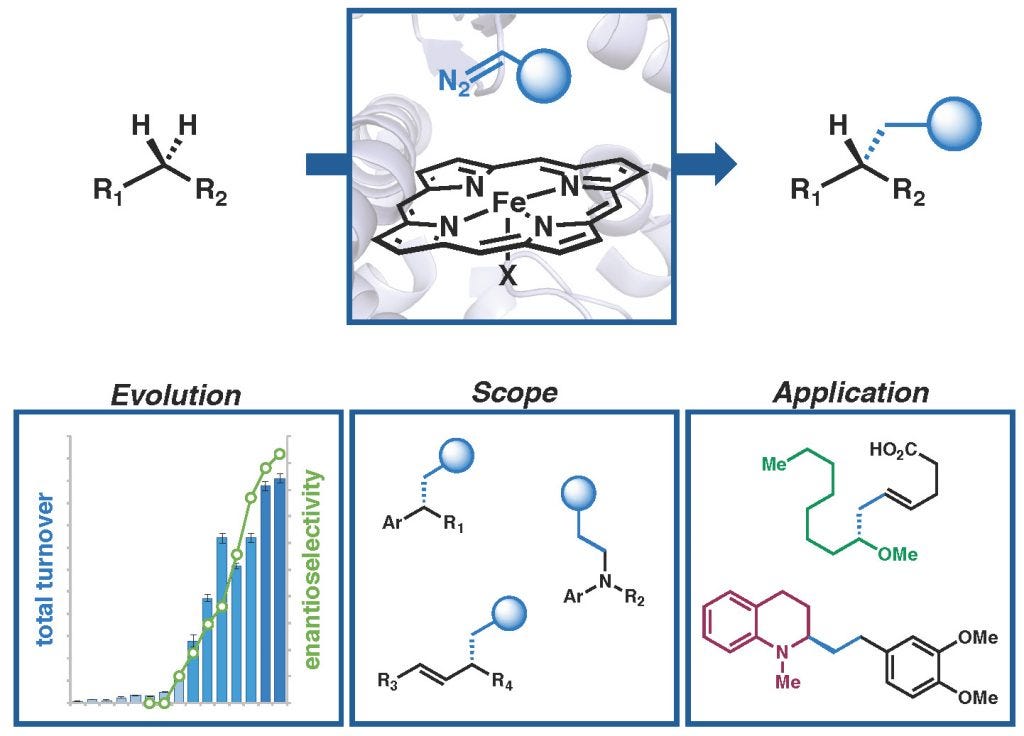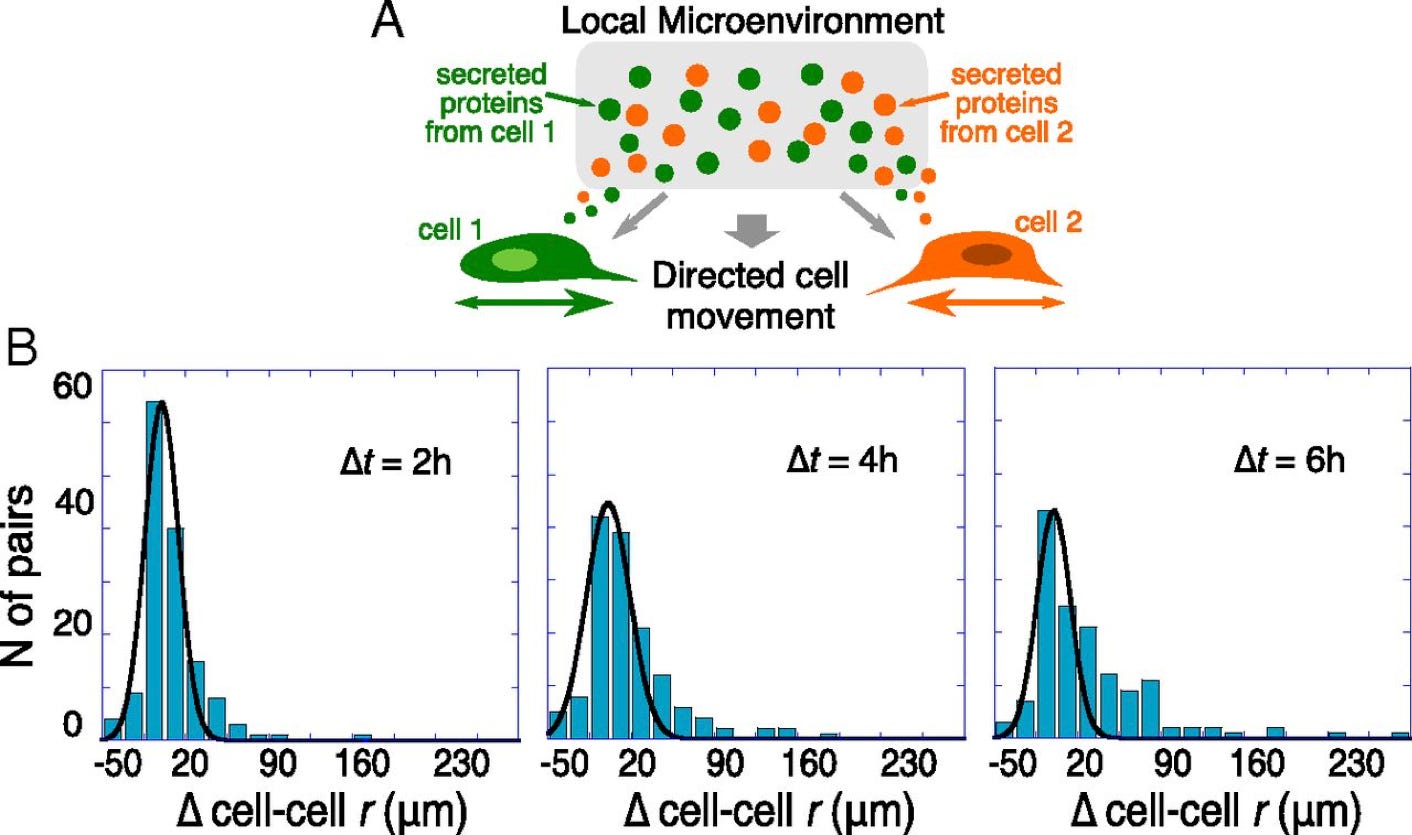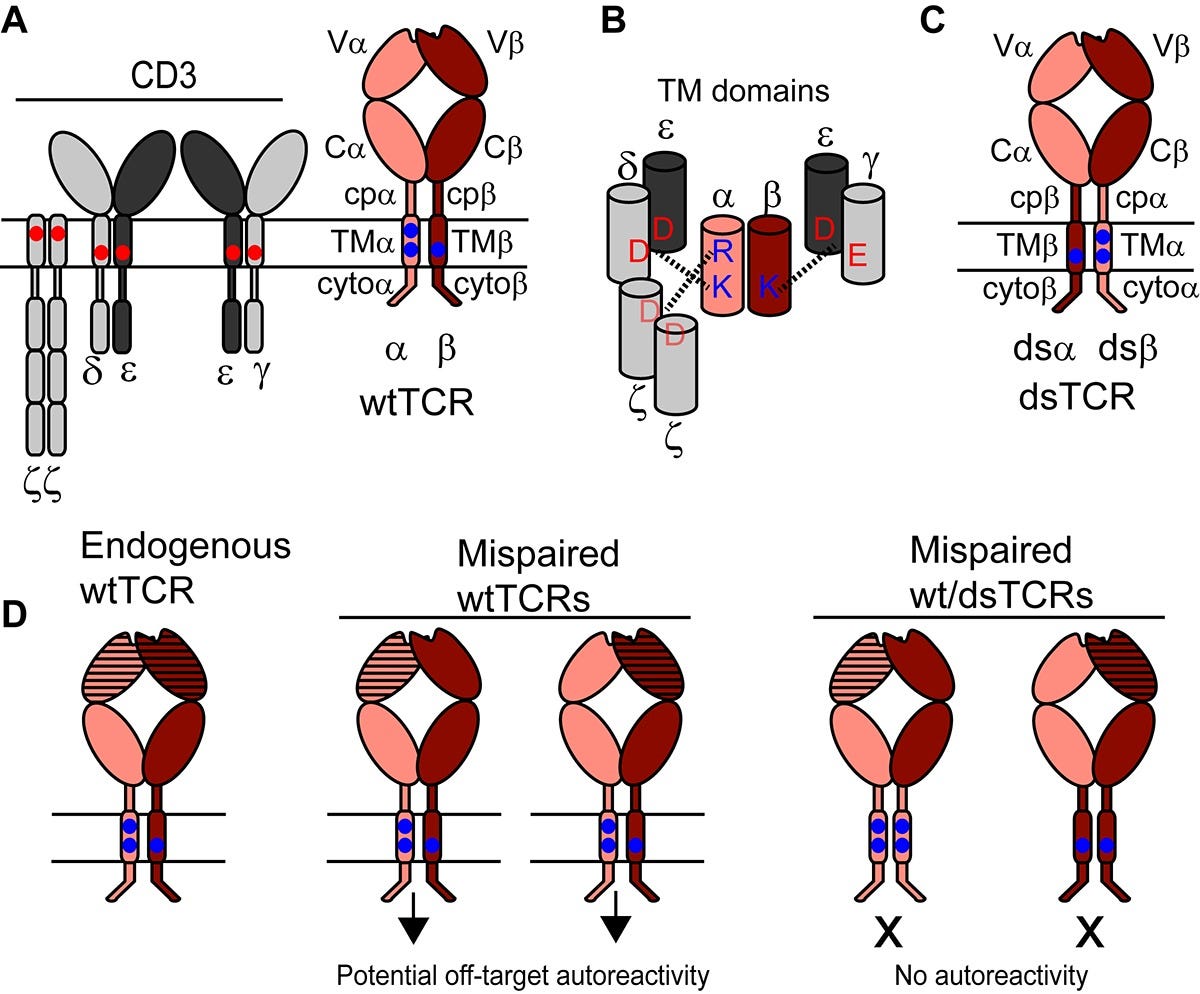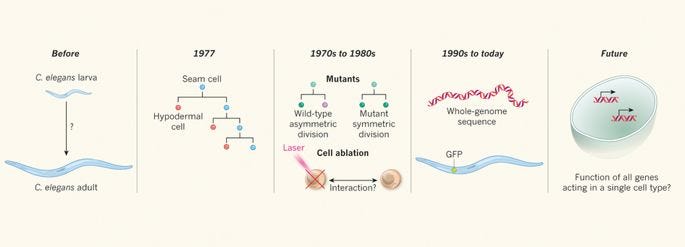Axial - Caltech #1
Analysis of exciting Caltech life sciences inventors and their inventions
Caltech is the monastery for science. With a campus that can be walked across in ~20 minutes, some of the world’s greatest inventors have worked in Pasadena, CA to make incredible breakthroughs and create unique businesses. Particularly in life sciences, Caltech takes a unique approach combining engineering and theory.
Elowitz Lab
Studying and engineering genetic circuits.Recent
Designing a system called CHOMP (circuits of hacked orthogonal modular proteases) - https://science.sciencemag.org/content/361/6408/1252?ijkey=YthKLGi0bzyLA&keytype=ref&siteid=sci - to generate cellular regulatory circuits; the key breakthrough is the ability to create circuits within a single transcript without genomic integration:

Past
Led the pioneering technical paper that ushered in the era of synthetic biology. Inventing the reprissilator (a toggle switch) - https://www.nature.com/articles/35002125 - engineering a new behavior into a cell:

Shapiro Lab
Inventing molecular tools for imaging and biological control.Recent
Re-engineering gas vesicles to create intracellular pressure sensors - https://www.biorxiv.org/content/10.1101/691105v1 - creating a new toolkit to genetically encode acoustic control, to measure measure and potentially other use cases, within a cell:

On the theme of acoustic manipulation within a cell, producing a set of reporter genes for acoustic readouts - https://www.biorxiv.org/content/10.1101/580647v1 - to simplify the process of measuring a cell (i.e. pressure, location).
Past
Inventing a set of transcriptional repressors to create temperature-sensitive bioswitches - https://www.nature.com/articles/nchembio.2233 - important to couple temperature to cell function.
Arnold Lab
Pioneering the use of evolutionary protein design.Recent
A great overview of the power of machine learning for protein design - https://www.nature.com/articles/s41592-019-0496-6

Past
One of the most exciting papers of 2019 engineering the ability of an enzyme to generate carbon-carbon bonds - https://www.ncbi.nlm.nih.gov/pmc/articles/PMC6440214/

Doyle Lab
Revealing the principles of complex networks in biology.Recent
Modeling biological feedback - https://www.cell.com/cell-systems/fulltext/S2405-4712(19)30196-6 - discovering that control theory is useful to measure stability/activity parameters of general biological systems. The ability to measure systems parameters enables one to perturb them and improve cells at a different scale.
Heath Lab
Applying chemical physics to biology.Recent
Doing incredible work to apply new tools to biology whose work helped form PACT Pharma - studying T-cell expansion, differentiation, and response with biophysical tools - https://journals.plos.org/plosone/article?id=10.1371/journal.pone.0191634 - finding new kinetic processes determine T-cell fate.
Past
Discovering a thermodynamic-driven phenomena that drives cell movement - https://www.pnas.org/lookup/doi/10.1073/pnas.1602171113

Murray Lab
Studying biological feedback and control systems.Recent
Using a CRISPRi to validate design specifications to reproduce genetic circuits - https://www.biorxiv.org/content/10.1101/225318v1 - showing the ability to use this method to reproduce the repressilator.
Past
Forming the basis of Tierra, inventing an Escherichia coli based transcription-translation cell-free system (TX-TL) - http://www.cds.caltech.edu/~murray/preprints/sun%2B13-acs_synbio_s.pdf - creating a 4-part genetic switch:

Pachter Lab
Inventing computational and biological tools for genomics.Recent
Pachter recently came from UC Berkeley to bring his amazing mathematical talents to Caltech. Inventing a new method relying on RNA circularization to improve the accuracy of single-cell RNA-seq - https://bmcbioinformatics.biomedcentral.com/articles/10.1186/s12859-019-2612-0 - embodied as a tool called Sircel.
Past
An incredibly important paper to form the practical basis to analyze RNA-seq data - https://www.ncbi.nlm.nih.gov/pmc/articles/PMC3869392/
Baltimore Lab
Leading the way on the study of the human immune system.Past
Leading one of immunology’s most important papers characterizing RAG-1/2 - http://kendallasmith.com/pdf/Oettinger_Schatz.pdf - that activate V(D)J recombination generating the antibody diversity humans rely on:

With the Heath Lab, inventing a system to conduct T-cell receptor (TCR) domain swapping - https://elifesciences.org/articles/19095 - in order to prevent mispairing of α/β chains:

Sternberg Lab
Systems biology of worms.Past
Using Caenorhabditis elegans whose entire neuronal system is mapped to understand how sensory neurons and interneurons interact to induce sleep - http://www.cell.com/cell/retrieve/pii/S0092867413015201
Great overview of the power of worms to study development and disease - https://www.nature.com/articles/543628a

Jensen Lab
Pushing the limits of high-resolution microscopy.Recent
Creating a language called Regular Architecture (RegArch) in order to standardize computational patterns for protein design - https://www.biorxiv.org/content/10.1101/679910v1 - based on images/standard parts already out there for proteins.
Past
A great paper using cryo-tomography to image the vault complex, one of the largest organelles in eukaryotes that is currently of little known function - https://link.springer.com/article/10.1007%2Fs00018-015-1898-y

